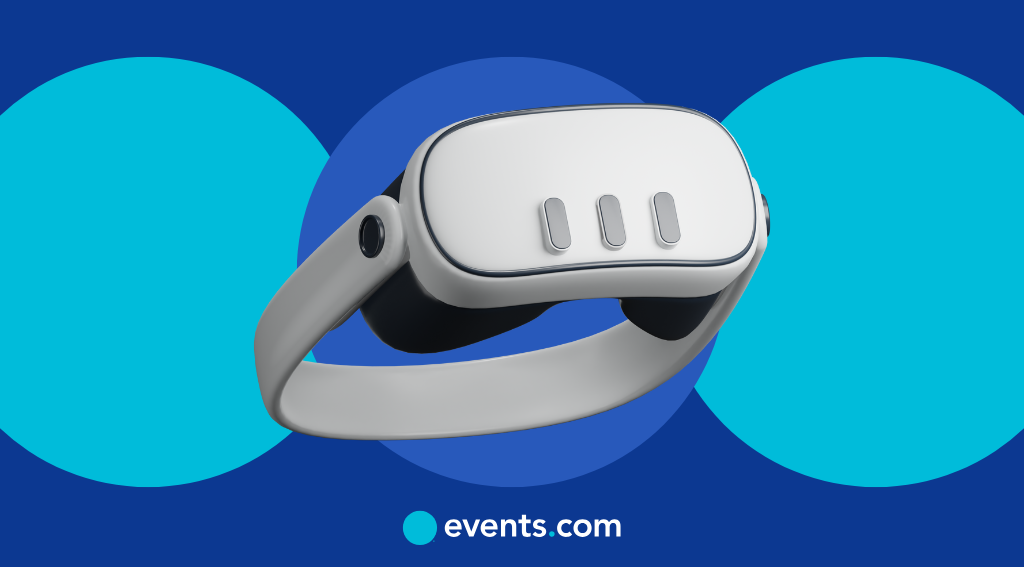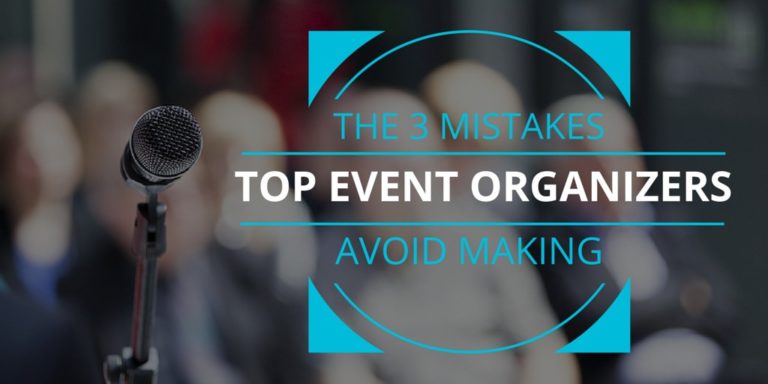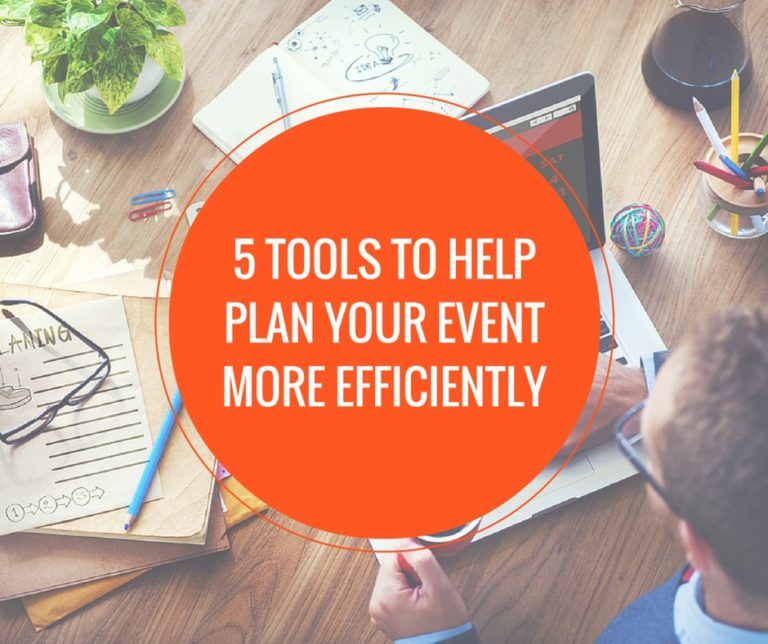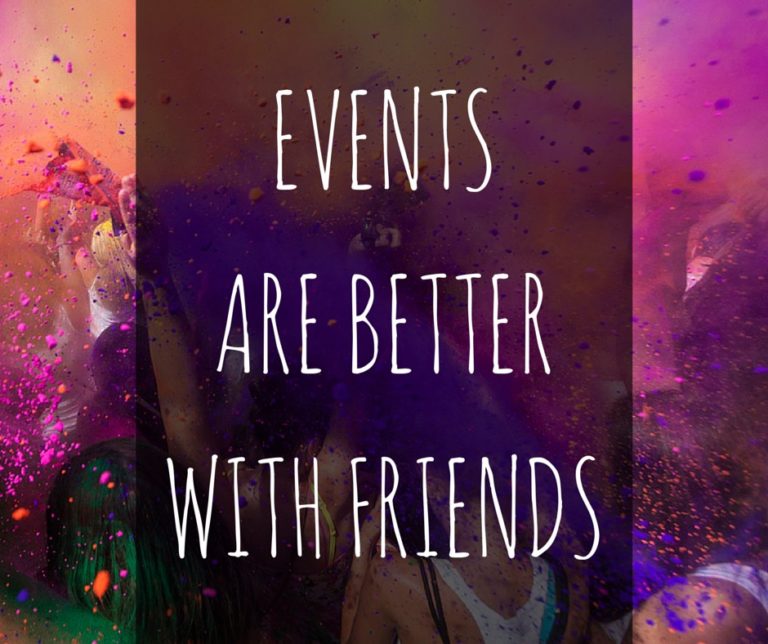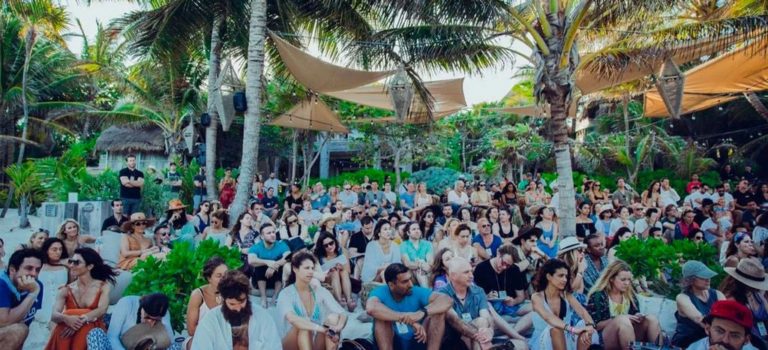It’s the question that nags at every organizer. You can spend millions on a venue, build towering booths, and line up the best speakers, but still walk away wondering: did my audience really feel it? Did they just attend, or did they actually experience something unforgettable?
In this fast-paced era, traditional event formats struggle to break through. Slides blur together, panel discussions fade into noise, and even impressive stages compete with short attention spans. Attendees don’t just want to watch anymore; they crave connection, interaction, and immersion. That’s the gap live events are battling in 2025.
And this is where virtual reality (VR) changes the equation. Unlike augmented reality (AR) or mixed reality (MR), which add layers to the real world, VR pulls attendees into entirely new ones. The room disappears, and with it, the limits of your venue. A keynote can transform into a story world. A product demo can become a hands-on simulation. A brand launch can turn into a journey where every moment is designed, controlled, and remembered.
VR for events is no longer a distant possibility — it’s happening now. In this article, we’ll walk you through the different ways it’s being used, the challenges to keep in mind, and the possibilities that can take your next event beyond the ordinary.
What is virtual reality (VR) in events
Virtual reality (VR) is best understood as a shift in presence. Instead of observing content on a screen, attendees step inside it. It allows organizers to design entire environments where every detail, from the setting to the interactions, can be controlled and customized to fit the story they want to tell.
Types of virtual reality (VR)
When most people think of VR, they picture bulky headsets and solo gaming sessions. In events, that’s only part of the story. VR isn’t tied to a single device. It’s a category of immersive formats that all share one goal: transporting attendees into interactive events with experiences they can’t get in the physical room.
- Headset-based VR: Headsets remain the most common entry point. They’re portable, powerful, and ideal for high-impact event activations like product simulations or branded storytelling. The trade-off? They work best in focused, small-group settings rather than at scale.
- Immersive domes and theaters: Once you step into a projection dome or a 360° theater, the entire audience is inside the story at once. No hardware to wear, no onboarding required, just complete surround immersion. For organizers, this makes domes perfect for conferences, festivals, and large-scale showcases where you want collective impact.
- CAVE systems and 360° environments: In education and enterprise, walk-in VR rooms known as CAVEs provide floor-to-ceiling immersion. They’re resource-heavy, but the payoff is precision: architectural walkthroughs, training simulations, or research experiences where every angle matters.
- LED walls and panoramic installations: VR can also live on the walls around you. Panoramic LED setups and 360° booths give attendees a taste of immersion without headsets or domes. They’re flexible, highly visual, and often easier to scale across events.
- Shared virtual spaces: Finally, VR isn’t limited to what happens inside your venue. Multi-user virtual platforms allow attendees across the globe to gather in the same virtual environment, which is a digital twin of your event or an entirely imagined world. For hybrid event strategies, this format is already proving its worth.Â
For event organizers, the key is recognizing that VR isn’t a singular tool, it’s a spectrum. From headsets to domes to virtual worlds, each format carries its own strengths, compromises, and ideal use cases. Choosing the right one isn’t about chasing hype; it’s about matching the technology to the moment you want to create.
Headset-based VR
Headsets remain the most common expression of VR for events and for good reason. They’re portable, relatively affordable compared to large-scale installations, and capable of delivering deep, emotional impact in a way no screen or stage can.
Put on a headset, and the venue vanishes. Suddenly, you’re not at a trade show or conference anymore; you’re somewhere entirely new, inside a world crafted for a specific purpose.
The use cases
This portability and immersion make headsets ideal for premium activations:
1) Product demos and simulations
One of VR’s most practical event applications is helping attendees experience products or environments that simply can’t be physically showcased, due to size, safety, or scale. At ConExpo 2017, North America’s largest construction trade show, JLG Industries faced exactly this challenge. Their newest machinery could reach unprecedented heights, but there was no way to demonstrate that in a convention centre.
The solution: a row of VR headsets that simulated the equipment’s full operational range. Visitors could sit, strap in, and be virtually elevated through the machine’s working envelope; an experience that was both controlled and deeply immersive.
2) Luxury brand storytelling
Lancôme, the global beauty house, used Apple Vision Pro to transport audiences to Le Domaine de la Rose in Grasse, the birthplace of its iconic fragrance. Through this immersive journey, participants explored the sunlit fields of Southern France and experienced the brand’s heritage in a deeply sensory way.
The activation went beyond visuals. Attendees could interact with Lancôme’s flagship product, Absolue, examining it in three dimensions with exceptional detail. For Lancôme, it wasn’t just a demo; it was a luxury brand experience, portable and repeatable, that redefined how audiences connect with beauty at events.
3) Gamified booth engagement
At a London marketing conference, Takeaway Reality carried out VR gamification, by using VR to turn their booth into a game. Visitors entered a headset experience where they spun a virtual wheel to win one of 1,000 custom-scented candles. Every participant walked away with a vanilla candle, while special limited-edition scents could only be unlocked through the VR experience.
By combining physical giveaways with immersive technology, Takeaway Reality created a playful, multi-layered booth activation that attracted crowds and left attendees with a memorable keepsake.
4) Empathy-driven narratives
Events are about connection, and some of the most powerful uses of VR come from projects that evoke empathy through immersion. Narrative experiences like Current of Being transport attendees into another person’s perspective, combining visuals, sound, and haptics to create empathy-driven journeys.
For cause-driven events, fundraisers, or cultural showcases, these stories resonate far deeper than a traditional presentation.
5) Branded entertainment experiences
To promote its Caffè Latte brand at roadshows, Emmi Austria turned to VR as a way to capture younger audiences with high-energy, interactive storytelling. The team developed two experiences: a Caffè Latte rollercoaster that took participants on a fast-paced ride through the world of the brand, and a bean catcher game where players earned points by moving quickly to catch virtual coffee beans.
The results were strong both on-site and online. The rollercoaster gained traction among gaming communities, with reviewers calling it “one of the best VR rollercoasters for Google Cardboard,” while the bean catcher drew big crowds at roadshows, engaging participants of all ages, many of them experiencing VR for the first time. Together, the activations positioned Caffè Latte as an innovative, playful brand that knew how to connect through immersion.
Strengths and challenges
Headset-based VR comes with clear advantages, but also practical hurdles. For organizers, understanding both sides is key to deciding when and how to use it effectively.
Strengths:
- Intimacy:The strength of headset VR event technology lies in its intimacy. It creates an environment where every participant feels like the experience is built for them alone, something few other event tools can achieve.Â
- Flexibility: It’s also flexible: one headset can host dozens of different stories or demos, giving organizers more mileage from a single investment.
Challenges:
- User comfort: Headsets still carry friction: they can be heavy, awkward to wear for long stretches, and occasionally trigger motion sickness. New users may only feel comfortable for a few minutes at a time, while seasoned VR participants can engage much longer.
- Logistics: From a logistics standpoint, headset activations also demand space, supervision, and staff training to keep things running smoothly. And while they deliver impact, scaling them to hundreds of attendees at once remains difficult.
For event professionals, headsets work best as spotlight moments: the premium activation inside a booth, the exclusive storytelling experience for a select audience, the simulation that demonstrates what can’t be staged in real life. They are not the tool for your entire event, but when used strategically, they are often the most memorable part of it.
As highlighted in our State of XR and AI in Events 2025 report, these barriers, from comfort to cost, remain the main friction points slowing down adoption, even as headset hardware gets lighter and more accessible.
Shared VR without headsets: domes, CAVEs, and installations
Not every attendee wants to put on a headset, and not every organizer wants the logistics that come with them. That’s why shared VR environments are gaining attention. Instead of isolating participants, these formats immerse entire groups at once, making them ideal for conferences, cultural events, or large-scale showcases.
1) Immersive domes and theaters
Projection domes and 360° theaters surround audiences with visuals, creating a collective journey without hardware. They’re scalable, dramatic, and perfect for high-impact moments.
The use case: At SXSW 2025, Fulldome.pro brought an 8-meter-diameter projection dome to the XR Experience Spotlight, presenting a multisensory cinematic journey that blended music and visuals into an immersive, communal story world.
2) CAVE Systems
CAVEs (Cave Automatic Virtual Environments) use floor-to-ceiling projections inside a room to create walk-in VR. They’re resource-heavy but excel in precision-driven scenarios like training or education.
The use case: The University of Potsdam installed a 3-sided CAVE system to visualize complex geological data for research, teaching, and crisis preparedness. Powered by moreViz software, it allows researchers and students to “walk through” terrain models, plan fieldwork, and simulate disaster scenarios collaboratively.
3) 360° LED and projection environments
LED walls and panoramic projections simulate VR immersion at scale. They’re flexible, brand-friendly, and easier to deploy than domes or CAVEs.
The use case: At Expo 2020 Dubai, the Al Wasl Plaza featured a massive 65-meter-high dome with edge-to-edge 360° projection mapping, creating a jaw-dropping immersive experience that welcomed tens of thousands of visitors daily.
For event organizers, these formats solve two problems at once: scale and accessibility. They bring immersion to hundreds at once, removing friction for attendees and creating shared experiences that headsets alone can’t match.
H2: What VR enables for events
VR isn’t just about immersion; it’s about capabilities that traditional formats can’t touch. Beyond demos and storytelling, here are three powerful advantages that make VR stand out in the event space:
- Data-rich engagement: Every movement, choice, and interaction inside VR can be tracked, turning experiences into measurable insights. Organizers can see what drew attention, how long people engaged, and which stories resonated most. They can use it for future event data driven decision making.
- Personalization at scale: VR allows tailored experiences within a shared framework. One attendee might explore technical specs, while another follows an emotional brand story, all within the same activation.
- Sustainable innovation: Instead of shipping heavy equipment or building elaborate sets, VR lets brands showcase products and environments digitally. This reduces logistical costs, waste, promotes sustainability, while still delivering wow-factor moments.
H2: Practical considerations for organizers
The positive reception of VR is undeniable, but success doesn’t come from technology alone. Organizers need to balance ambition with logistics, ensuring experiences are comfortable, safe, and strategically aligned.
Before adding VR to your event planning, here are the key factors to weigh:
- Cost spectrum: Not all VR comes with the same price tag. Headsets are the most accessible (low-to-mid), projection domes sit in the mid-to-high range, while CAVE systems remain a niche, high-investment option. Align the format with your event budget and goals.
- Audience fit: Headsets work best for small VIP groups or curated demos. Domes and LED walls shine when you need to engage hundreds at once. The right choice depends on scale and the type of engagement you want.
- Comfort and safety: Headsets can cause fatigue, while domes demand significant physical space. Build activations with attendee comfort in mind: short sessions, supervised zones, and clear pathways to avoid friction.
- Staff and vendor dependency: No matter the format, VR needs trained operators. From guiding first-time headset users to managing projection calibration, success often depends on strong partnerships with vendors who know the tech inside out.
- Data and measurement: The advantage of VR is its built-in analytics. Engagement time, interaction patterns, and repeat usage can all be tracked. Organizers should plan early for how to capture and interpret these event metrics, turning experience into measurable event ROI.
Making VR work at events isn’t just about choosing the flashiest format. It’s about balancing ambition with execution, the right tech, for the right audience, with the right support behind it. Get that mix right, and VR becomes less of a risk and more of a reliable tool for impact.
These decisions don’t exist in isolation. As outlined in our State of XR and AI in Events 2025 Report, VR is part of a larger shift, from budget priorities to AI-powered personalization, that’s repositioning how events are planned and experienced.
The future of VR for events
The future of VR in events is being shaped by rapid shifts in hardware, content, and audience readiness. What feels novel today is on track to become a standard part of the event toolkit within the next decade.
- Hardware evolution: Headsets are getting lighter, more affordable, and more comfortable. Portable domes and modular projection systems are also emerging, making shared VR more feasible across different event formats.
- AI integration: Generative design, adaptive storytelling, and real-time personalization are reshaping how VR content is built and delivered. Imagine VR tours that adapt to each attendee’s interests or brand stories that evolve with audience interaction.
- Hybrid formats: The strongest activations will layer formats: headset VR for intimacy, dome VR for scale, and shared online VR for remote participation. Events won’t choose one over the other; they’ll blend them for maximum impact.
- Mainstream cultural adoption: Just as smartphones shifted from novelty to necessity, VR is finding its moment in culture. As entertainment, retail, and even education adopt immersive formats, audiences will increasingly expect events to deliver similar experiences.
- Smooth integration with physical events: VR won’t live on the sidelines. It will be integrated into the fabric of live experiences, from check-in to main stage to post-event follow-ups, creating a continuous layer of immersion that bridges the physical and digital journey.
VR for events: from nice-to-have to must-have
VR in events is not a single device or gimmick. It is actually a toolbox of immersive formats that can scale from intimate headset demos to massive dome experiences. The real question isn’t whether VR belongs in events, but how to align the right format with your audience size, budget, and story.
For forward-looking organizers, now is the time to experiment. Used well, VR won’t replace live events but amplify them, turning ordinary gatherings into extraordinary experiences.
Want to see what’s next? Our State of XR and AI in Events 2025 report breaks down the latest trends, tools, and tech shaping the future of immersive events. Download it to explore what’s coming and how you can get ahead.
If you’re ready to bring VR to your own event, book a demo with Events.com and see how we can help you design immersive experiences that engage, inspire, and stand out.
Frequently asked questions about VR for events
1. What is a virtual reality event?
A virtual reality event uses VR technology to immerse attendees in digital environments instead of passively watching. This can be through headsets, domes, or 360° projections that transport audiences into story-driven, interactive experiences.
2. How is VR used in events?
Organizers use VR for product demos, brand storytelling, training, and entertainment. From virtual factory tours to immersive rides and cultural showcases, VR turns traditional sessions into interactive experiences.
3. What are the benefits of VR for events?
VR enhances engagement by creating memorable, immersive moments. It allows safe simulations, strengthens storytelling, builds emotional connection, and offers sponsors high-impact activations that stand out.
